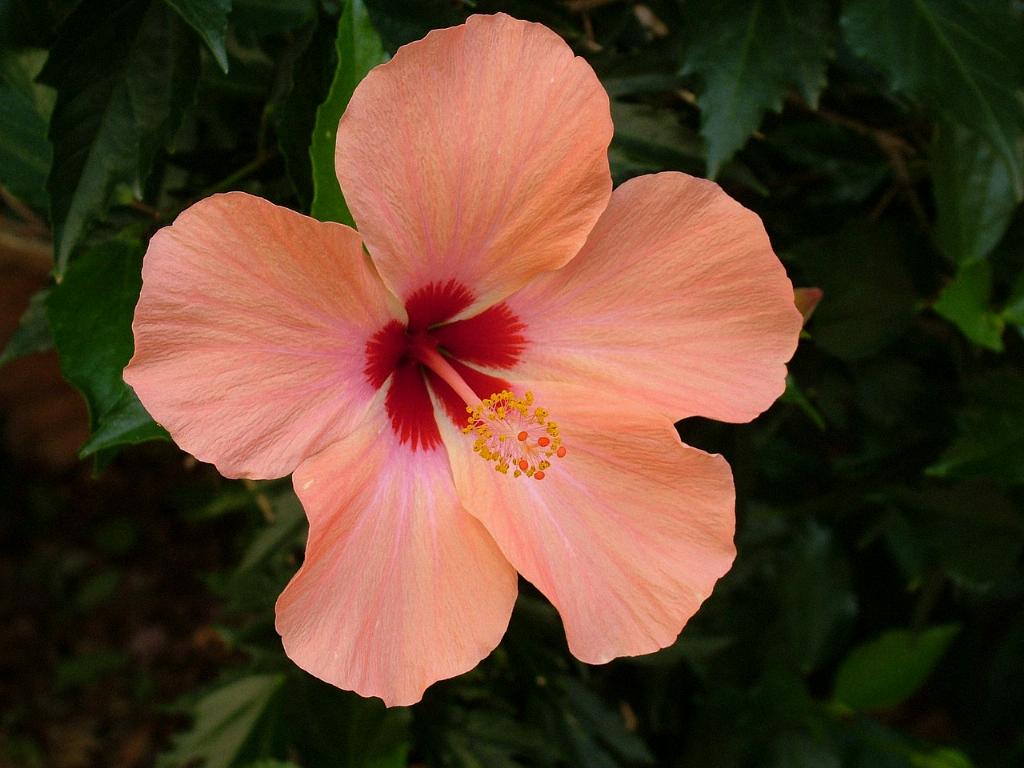Winter is a challenging time for hibiscus plants, as the colder temperatures can often be detrimental to their health. To ensure your hibiscus survives the winter months and thrives in the spring, it is essential to take proper precautions and prepare them adequately. One of the key strategies for protecting hibiscus during winter is to provide adequate insulation through mulching and composting.
1. Mulching for Protection
Heavy layers of mulch act as a shield for hibiscus plants against sudden drops in temperature. By spreading a 2- to 3-inch layer of organic mulch over the root zone, you can help regulate soil temperature and prevent the roots from freezing.
2. Compost for Additional Safeguard
Adding a layer of compost under the mulch serves as an additional layer of protection for hibiscus plants. Compost helps retain moisture in the soil, providing insulation and keeping the roots healthy during the winter months.
3. Proper Application of Mulch
When applying mulch, ensure that you keep it a few inches away from the stems of the hibiscus plants. This practice prevents moisture buildup around the stems, which can lead to rot or fungal diseases.
4. Pruning Before Winter
Before the onset of winter, consider pruning your hibiscus plants to remove any dead or diseased branches. Pruning encourages new growth and helps the plant focus its energy on healthy branches.
5. Watering Precautions
During winter, it is essential to adjust your watering schedule for hibiscus plants. While it is important to keep the soil moist, avoid overwatering, as this can lead to root rot in cold and wet conditions.
6. Sheltering from Harsh Winds
If your hibiscus plants are exposed to strong winds during winter, consider providing them with some form of shelter, such as a windbreak. This protection prevents desiccation and damage to the foliage.
7. Monitoring Temperature Fluctuations
Keep an eye on weather forecasts and temperature fluctuations during the winter months. Be prepared to take additional protective measures, such as covering the hibiscus plants with frost cloth or burlap during especially cold nights.
8. Fertilization for Winter
Avoid fertilizing hibiscus plants during the winter months, as they are dormant and do not require additional nutrients. Wait until spring to resume fertilizing to support new growth.
9. Indoor Protection
If you live in a particularly cold climate, consider bringing potted hibiscus plants indoors for the winter. Place them in a bright location away from drafts, and water them sparingly to prevent root rot.
10. Inspecting for Pests and Diseases
Before winter sets in, inspect your hibiscus plants for any signs of pests or diseases. Addressing these issues early on can prevent infestations from worsening during the dormant season.
11. Gradual Transition in Spring
As winter comes to an end and temperatures start to rise, gradually transition your hibiscus plants back outdoors. Avoid exposing them to direct sunlight immediately to prevent sunburn on the tender new growth.

12. Regular Maintenance
Throughout the winter months, continue to monitor your hibiscus plants for any signs of stress or damage. By providing proper care and maintenance, you can ensure that your hibiscus plants emerge strong and healthy when spring arrives.
